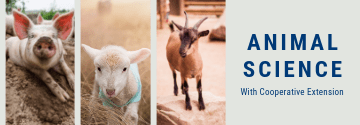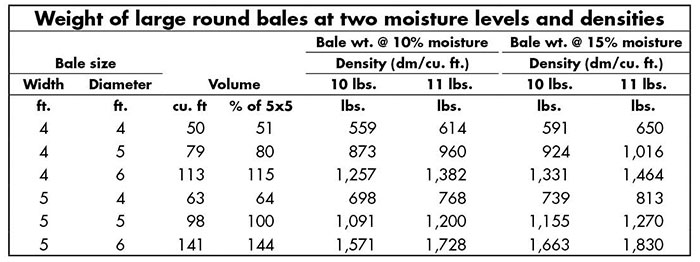As winter approaches, some producers are questioning if their hay inventories will last until spring. Cornstalks can extend hay inventories, but their use comes with some important considerations.
“Residual corn left in the field is not going to be captured in the bales, which lowers the feeding value compared to grazing the field,” notes Jeff Lehmkuhler, University of Kentucky extension beef specialist.
The best forage quality from the corn crop residues is in the leaves and husks, he says. The cobs and stalks are lower in digestibility with protein concentration ranging from only 3 to 6 percent, which is too low to meet the needs of cattle. The highest quality forage portions of corn crop residues are the leaves and husks.
Lehmkuhler explains that energy levels in cornstalk bales vary depending on the stalk to leaf ratio within the bale. Typical ranges are from 48 to 58 percent. Additionally, the high moisture levels of the stalks make baling and storing corn residue more difficult.
Feeding cornstalk bales can result in high levels of waste, according to Lehmkuhler. Cattle will pick through a bale, eating the leaves and husks while leaving behind the stalks. For this reason, the best way to utilize corn crop residues for feed is having the bales processed or by flail chopping the residue in the field to improve drying. Processed bales can be fed in a total mixed ration or along a feedbunk.
The extension specialist recommends feeding baled corn residues to dry, mid-gestation cows, remembering to supplement nutrients to meet diet requirements. Cattle fed cornstalks should be in good body condition and not be experiencing any environmental stresses, such as cold and mud. Environmental stresses on cattle will require additional supplementation.
Lehmkuhler offers an example diet for a mid-gestation cow of 15 pounds of cornstalks, 1.5 gallons of condensed distillers solubles (distillers syrup), and 2 pounds of soybean hulls plus minerals to meet requirements.
“Significant energy and protein supplementation are needed for lactating, fall-calving cows,” Lehmkuhler notes. “Producers should work with a nutritionist to ensure nutrient needs are being met.”
Lehmkuhler recommends hay for lactating cows, but he notes that cornstalks may be worked into the diet to stretch hay supplies with proper supplementation.
To extend hay inventories, feeding cornstalk bales is a reasonable option. Remember to work with a nutritionist to meet all nutritional requirements and supplement as needed. Lehmkuhler advises to not overpay for cornstalks since supplements, along with additional feed costs, will often be needed.







